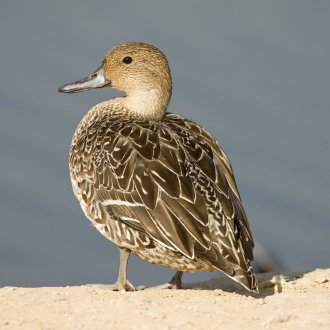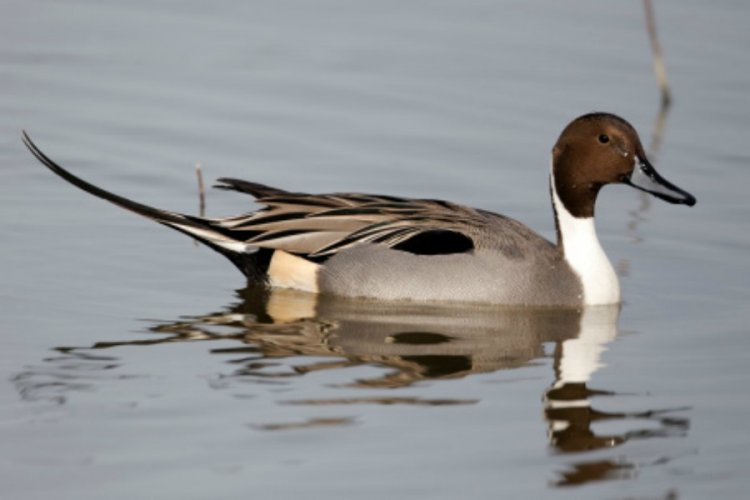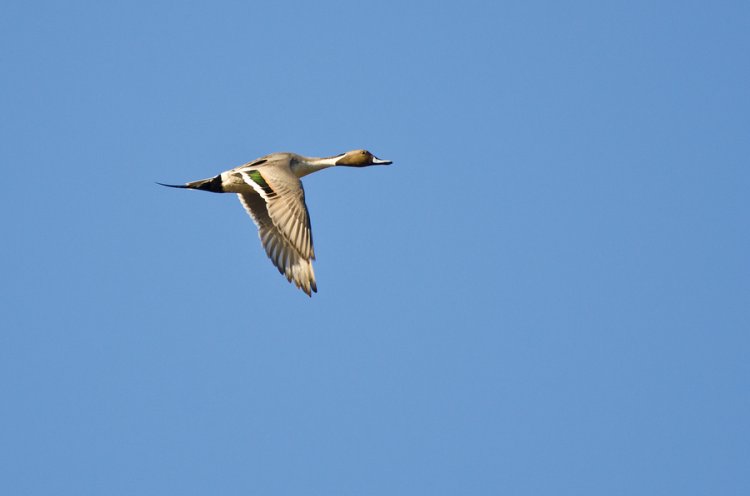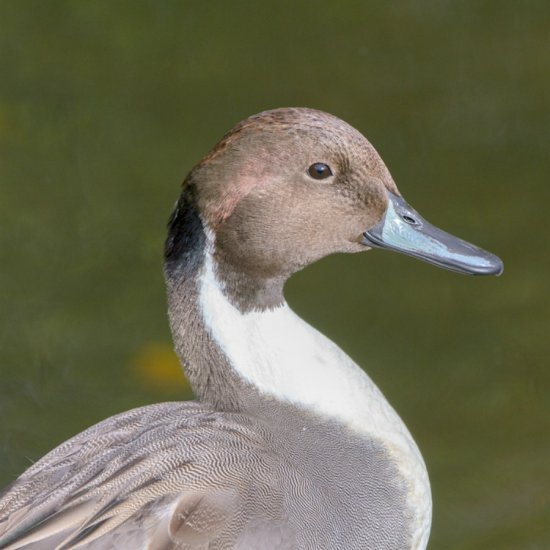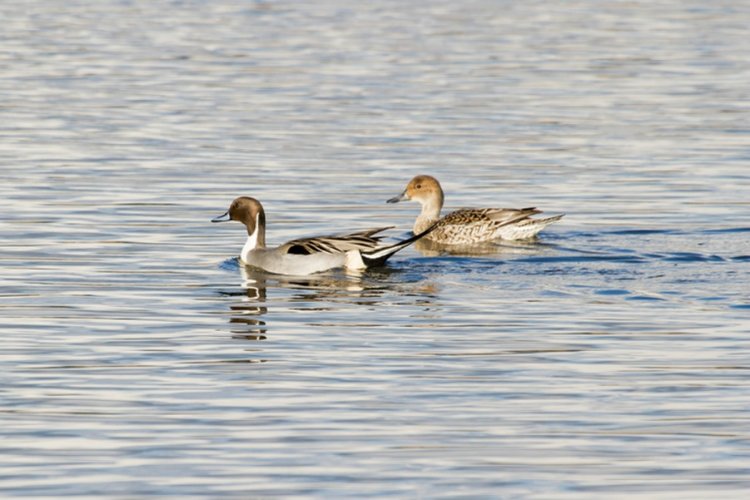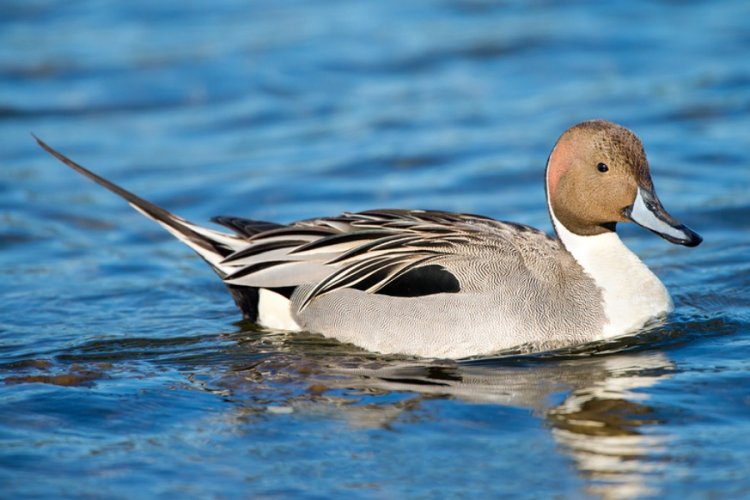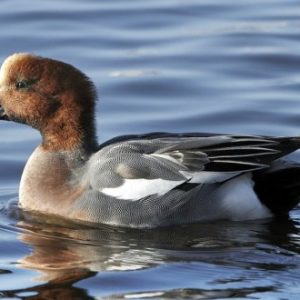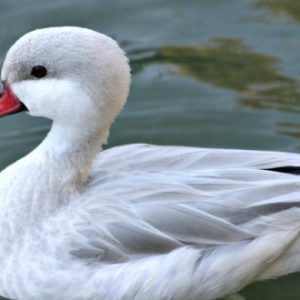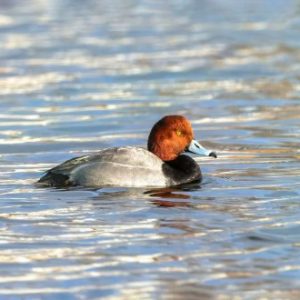Northern Pintail Ducks
Anas acuta
Pintails are attractive birds, with long, graceful necks. The drakes have particularly striking markings.
The Pintail drake has long, black, central tail feathers that come to a point, giving rise to the name “pintail.” Drakes also have a white neck and underparts, a chocolate brown head, and lighter brown backs and wings. Hens are duller-colored and lack the bright white stripe. They are brown and white mottled. Both sexes have grey bills, legs, and feet, and a graceful silhouette.
Range: Northern Pintail Ducks have a wide range across North America and Eurasia. In the US, they range from Alaska to the southern US, often nesting in open areas with shallow waters in the northern parts of the country.
Habitat: As waterfowl, Northern Pintail Ducks prefer areas with open, shallow water, and will often be found in flooded agricultural fields. They prefer areas with low vegetation.
Status in the Wild: Partly due to their wide distribution, Northern Pintail Ducks are not threatened. However, their numbers have been decreasing in the last few decades.
Status in Aviculture: Northern Pintail Ducks are common in aviculture.
Breeding and Incubation: Breeding takes place from April until June. Both sexes reach sexual maturity at around one year of age. Nests are shallow scrapes in dry areas, among vegetation, and are lined with plant material. The average clutch consists of 7-9 eggs, and hens incubate them for 22-24 days.
Lifespan: The longest recorded lifespan for a Northern Pintail Duck is 27 years. However, the average lifespan for a wild duck is around two years, and around 10 years for a wild duck in captivity.
Mature Weight: Pintails are relatively large ducks, with males weighing one to three pounds, and females just slightly smaller at one to two and a half pounds.
Housing Requirements: Because Northern Pintail Ducks are migratory, they will fly away if not kept in an enclosure. They need water for mating, and as dabbling ducks, for eating.
Diet: Dabbling ducks, such as the Northern Pintail, feed mainly from the surface and edges of the water, rather than by diving. They eat insects and plant materials in the shallows of the water. Northern Pintails feed mostly around dusk.
Miscellaneous: In the wild, when not breeding, these ducks will form large mixed flocks with other species of ducks. Drakes have a call sometimes described as a “flute-like” whistle; hens have a raspier quack.

